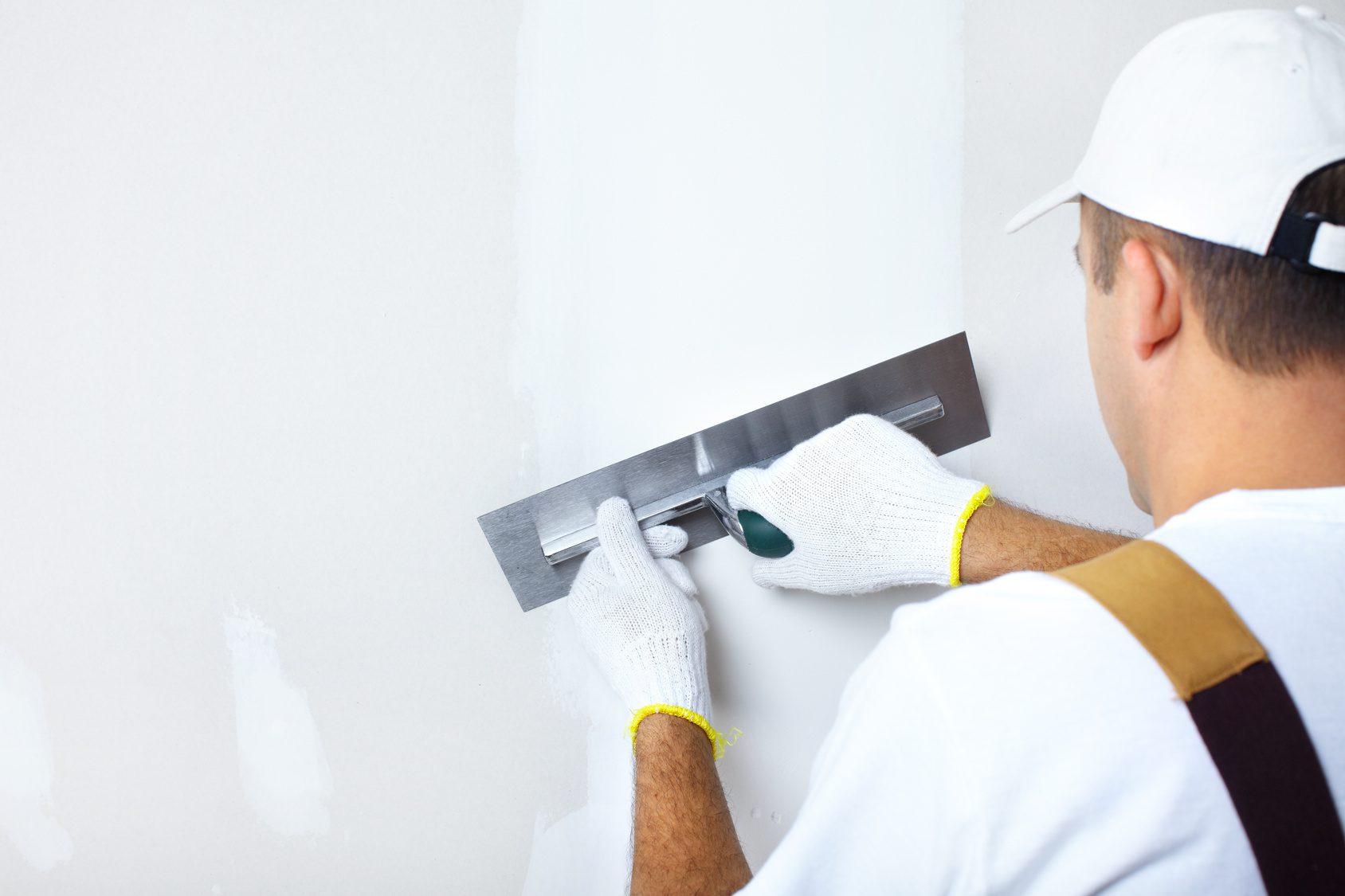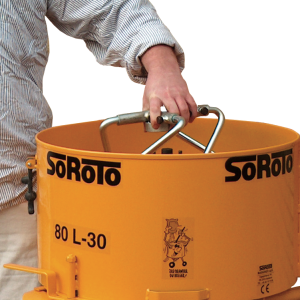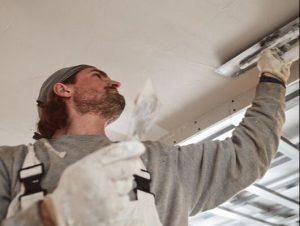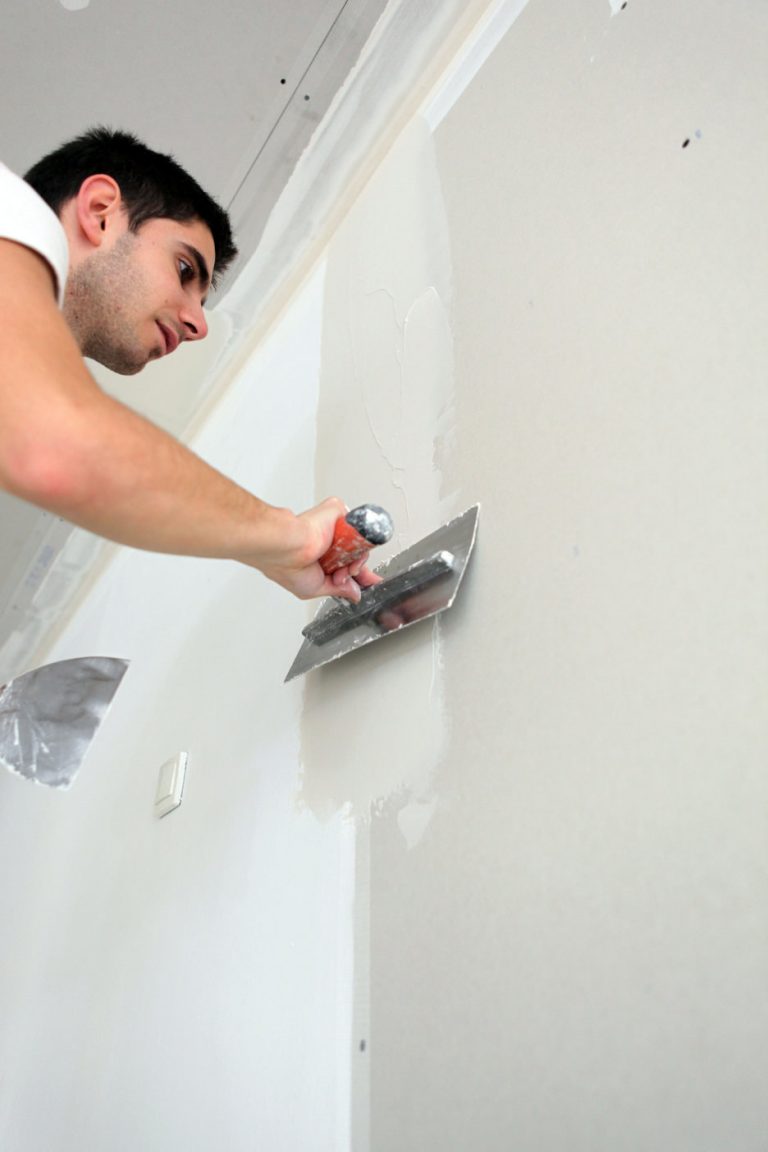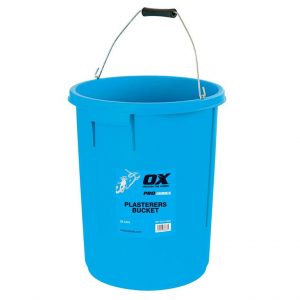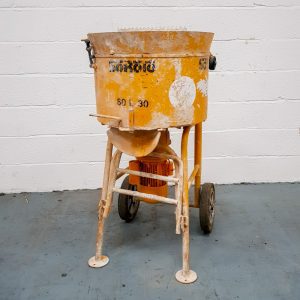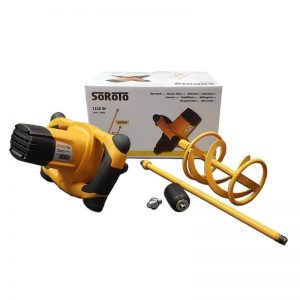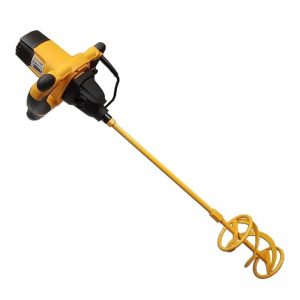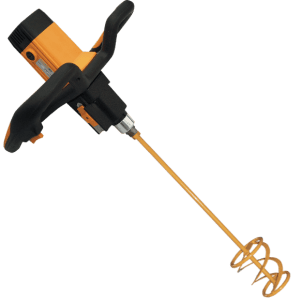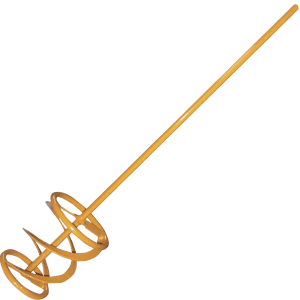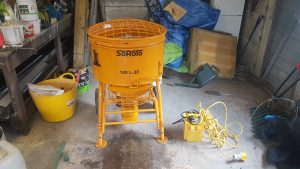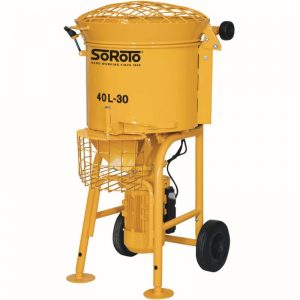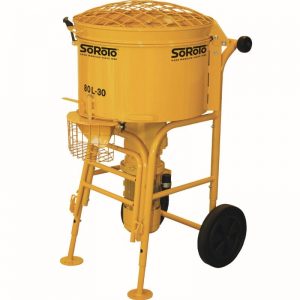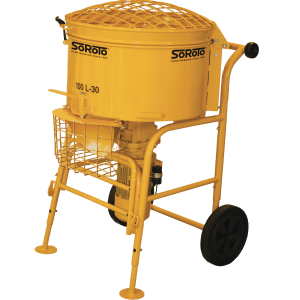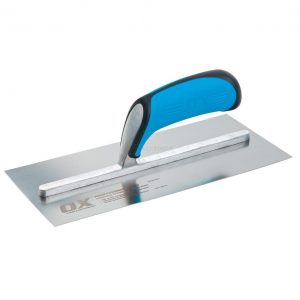A comprehensive guide to machinery for plastering
A plaster mixer is an essential to create a durable and robust finish to existing drywall.
Plastering is a process in which layers of plastermortars are used to cover the exposed surfaces of brick walls. It is a crucial step to building a strong base for any construction works.
It offers both decorative and aesthetic appeal.
This blog post is a comprehensive guide to SoRoTo machinery for plasterers, to make your job quicker, easier and more effective.
Advantages of Plastering
Plastering has a wide range of benefits:
- It creates a robust and durable finish to existing drywall. A chemical reaction works when water escapes from a mixer, which strengthens the bond and makes plastered walls strong.
- It creates an even surface for the application of paints.
- It has a decorative appeal, providing a stable and uniform finish to walls.
- It is easy and fast, meaning work can be completed on time.
- It is pollution-free, as less dust is left on the surface.
- It reduces cracking on surfaces.
- At the end of the work, different aesthetics like colours, textures and designs can be added to the final coat.
What tools are needed for plastering?
The most important tool you need for plastering is a mixing tool.
What is the best plaster mixer?
Producing a smooth, consistent mix is an essential to a successful plastering job.
The electric mixer speeds the job up and leads to a smooth, consistent mix that is easy to apply onto different backgrounds.
You can choose from either a forced action mixer or a mixing paddle, depending on the volume needed, the number of times the mixer will be used and the versatility needed.
Handheld paddle whisks for plastering
A mixing whisk is ideal for one-off plastering jobs.
Pour the required amount of water into the mixing bucket. Add plaster to the water and mix at a slow speed.
It should be mixed to a smooth, creamy consistency.
There is no need to continue mixing after lumps have been dispersed.
Overly mixing can affect setting times and cause difficulty in achieving a flat finish.
SoRoTo Paddle mixers
Handheld paddle mixers are efficient, durable and can be used on their own or with a forced action mixer.
They are extremely versatile mixers that are ideal to mix resin binders, cement, mortar and paint, as well as plaster.
The soft start and variable speeds ensure greater control of the mixer. This reduces the mess created during the process.
The mixer draws material through the rotating blades to ensure a consistent and lump-free mixture.
The soft grip handles give comfort during mixing.
850w, 1220w and 1300w Paddle Mixer
SoRoTo Paddle Mixer are the perfect plasterers’ whisk.
It is ideal for forming a smooth and consistent mix without the need for a large piece of machinery.
It is ideal for plasterers who need to work indoors as it can be used inside while making sure the area is relatively clean.
It is robust and durable, has a non-slip handle and variable speeds to mix the perfect plaster.
GA Series Mixing Paddles
When mixing plaster, paddle mixers are best coupled with a whisk to get the smoothest and most consistent mix.
The whisks are inverted so that mixing in a bucket or builder’s tub is easier and reduces the amount of time twisting and time to mix.
The GA Series follows the inclined inner size of the bucket. This means it possible to hold the paddle upright and scrape every ounce of mix from the bucket.
Ultimately, it increases mixing speeds by 15-20% than conventional mixing paddles.
Forced Action Mixers for plastering
Forced action mixers are ideal for professional plasterers.
Built to be taken where they are needed, they are compact enough to fit through doors, are lightweight and fitted with wheels for portability.
They can withstand use in the toughest environments and can improve mixing speeds.
SoRoTo 40L
The SoRoTo 40L is designed to be portable.
This small but mighty plaster mixer has the ability to mix up to 95kg of materials.
It is narrow and light and can be easily moved through doorways and upstairs. It has a one metre height so can be moved by just one person.
SoRoTo 80L
The SoRoTo 80L is designed to withstand the toughest of environments that machinery can face on building sites.
Unlike traditional drum mixers it is designed to fit through most standard doorways.
Optional rubber paddles can be added to extend mixer life.
SoRoTo 100L
The 100L is our most popular forced action mixer.
It is the ideal machine for plasterers who need a high-capacity output machine which is efficient, portable and reliable.
The mixer means that the components can be quickly and evenly mixed to create a consistent, lump-free plaster.
Plastering tools
Other tools for plastering include trowels, buckets and conveyors – all of which we provide on our website.
The OX Pro 25 Litre Plasterers Bucket can hold 5 gallons of material. It can be used alongside a paddle mixing whisk to scrape plaster from the bucket.
To spread the plaster, choose from a range of plasterers trowels to quick and easy able the compound.
The stainless steel trowels have pre-worn edges that eliminate line and ripple marks. The long lasting trowel is available in sizes: 127mm x 356mm, 127mm x 457mm and 114mm x 280mm.
When plastering a large room, it is recommended that a forced action mixer is used. Here, a conveyor may be useful to move materials around a large area.
Portable conveyors that can be easily transported are available in the following sizes: 2.0m, 3.3m, 4.5m, 6.0m and 8.0m.
How to plaster
Preparation
At the start lay down a dustsheet to protect floors to gather any debris or spillage of plaster.
Ensure that the wall is dust-free and debris is removed. This is particularly important on an older and worn-out wall.
Use screen tape to cover any cracks and mask joints between boards.
Apply PVA to the walls
The PVA is applied to walls prior to the plaster being added. Ensure that the layer you will use dry out equally.
BDC Magazine states: “You need to dilute the PVA in a 1:4 ratio – one part PVA and four part water. Roll the PVA mixture onto a brush, apply it to the wall and check the entire surface is covered.”
Mixing the Plaster
Using the forced action mixer or mixing paddle whisk it is time to mix the plaster.
If using a mixing paddle then pour fresh water into a completely clean bucket.
Pour half a bag of finishing plaster into the bucket. It should be roughly 50/50.
Add the plaster – just enough in the first instance that it behind to heap on the surface of the water. This should be approximately half of the total amount of plaster in the first instance.
Immediately take the mixer drill and paddle and start mixing up contents of the bucket before any lumps appear. Use the slow start to minimise any spillages.
Complete this step thoroughly and smooth out any parts that are dry or lumpy.
Add plaster slowly into the mix whilst preventing any lumps.
Plastering the walls
Using the hawk board and trowel apply the plaster to the walls.
Follow the video below from Dave’s DIY Tips for guidance:
Applying plaster to walls
How to plaster (cont.)
After the first coat of plaster is applied wait for 20 minutes to let the plaster dry.
Remove the bumps and lumps by smoothing the wall over with a trowel. Use the corner trowel to smooth out the corners.
Scrape the wall before adding the second coat of plaster in order for the second coat to adhere properly.
Apply the second coat of plaster at a thinner consistency than the first one.
When the plaster has slightly dried, polish your work by adding water to walls using a spray gun. Spray the edge of the plaster and use the trowel to smoothen out the surface.
Finally, paint over or wallpaper the walls and clean all equipment after use.
Summary
To conclude, plastering is quick and simple providing you have the right equipment on hand.
Using a paddle mixer or forced action mixer can improve mixing speeds by 20% compared with traditional methods.
Once the plaster is made apply two coats of plaster, polish and paint to complete a professional finish.
SoRoTo are recognised around the world for high quality forced action mixers that can be taken where they are needed. As well as being portable it is built to withstand the toughest environments.
To find out more information, call us on 01246 418144 or email us here.

